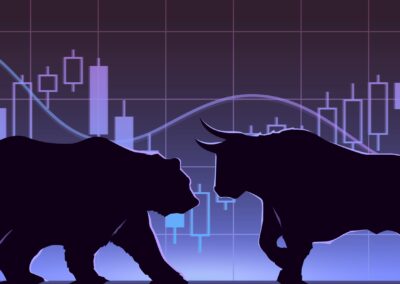Advance Course
PERFECTIONAL TRADING
Advanced trading strategies usually involve multiple technical indicators and more complicated instruments, such as options and futures.
FINANCIAL TRADING
Financial trading is the buying and selling of financial assets. It’s carried out in two ways: via an exchange or over the counter (OTC). An exchange is a highly-organised marketplace where you can trade a specific type of instrument.
KEY TAKEAWAYS
- Learning how to trade the financial markets begins with educating oneself on reading the financial markets via charts and price action.
- Use technical analysis, in conjunction with fundamental analysis, to decipher price action.
- Practice makes perfect or, at the very least, it allows the neophyte to test out theories before committing real funds.
DAY TRADING
There has been a lot of talk recently about day trading. Some tout it as a way to make big money fast and others have unfortunately fallen victim to the risks of engaging in this type of speculative investing. If you are thinking about day trading, I urge you to think again. Day trading is serious business and not something you just dabble in for fun, particularly if you are using leveraged investment strategies or trading leveraged products.
OPTION TRADING
Options trading is the trading of instruments that give you the right to buy or sell a specific security on a specific date at a specific price. An option is a contract that’s linked to an underlying asset, e.g., a stock or another security. … If you decide to do so, that’s called exercising the option
KEY TAKEAWAYS
- Options trading may sound risky or complex for beginner investors, and so they often stay away.
- Some basic strategies using options, however, can help a novice investor protect their downside and hedge market risk.
- Here we look at four such strategies: long calls, long puts, covered calls, and protective puts.
Still Have Questions?
Don’t hesitate to reach out to us anytime

